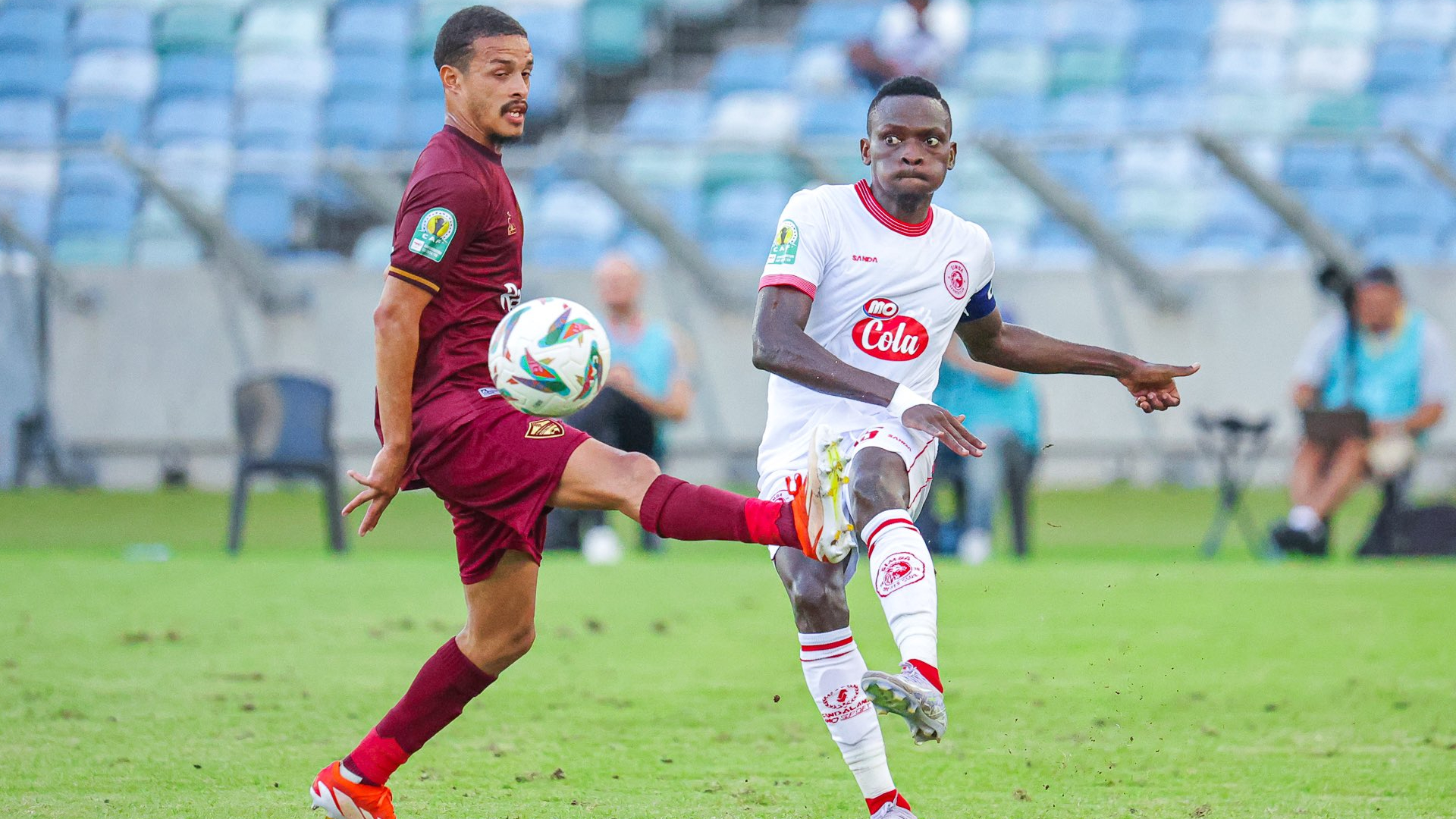East African club football clubs have been in a prolonged slumber on the continental stage, with traditional giants such as AFC Leopards, Gor Mahia, Yanga SC, and Simba SC failing to live up to their illustrious histories. However, in recent years, Simba and Yanga have taken decisive steps by turning corporate, a move that has breathed life into their continental ambitions. Follow Our WhatsApp Channel For More NewsSimba’s qualification for the CAF Confederation Cup final is the latest symbol of this transformation, marking only their second appearance in a continental final after their run to the 1993 CAF Cup final, where they lost to Stella Club of Côte d’Ivoire. ##NAJAVA_MECA_8883783##The Msimbazi giants will be keen to avoid a repeat of history and join Gor Mahia — who famously beat Tunisia’s Esperance Sportive de Tunis to claim the 1987 African Cup Winners’ Cup — as the only East African clubs to lift continental silverware. A significant part of Simba’s resurgence can be attributed to the quality of technical staff they have been able to attract since turning corporate, with head coach David Fadlu playing a crucial role. His tactical adaptability over the two semifinal legs against Stellenbosch FC proved decisive, particularly his shrewd adjustments in the second leg, which ultimately secured Simba’s passage to the final.Tactical setup and first leg approachHeading into the second leg with a slender 1-0 advantage, Fadlu named an unchanged lineup in a familiar 4-2-3-1 shape. Mandela watches on as Simba frustrate Stellenbosch to punch CAF Confederation Cup final ticketMoussa Camara continued in goal, protected by a back four of Mohamed Hussein, Shomari Kapombe, Abdulrazack Hamza, and Chamou Karaboue. In midfield, Yusuph Kagoma and Fabrice Ngoma provided the double pivot shield, while Jean Charles Ahoua operated as the chief creator ahead of them. The attacking trio of Denis Kibu, Ellie Mpanzu, and Steve Desse Mukwala spearheaded Simba’s offensive thrust.In the first leg, Fadlu’s tactical blueprint centered around a possession-based game. Simba utilized a box midfield during possession phases: Kibu would tuck inside alongside Kagoma, Ngoma, and Ahoua to create numerical superiority in the middle. This allowed Mpanzu to push up and join Mukwala, forming a temporary two-pronged attack in a 4-2-2-2 structure. This approach opened up wide channels, as the fullbacks — Kapombe and Hussein — were given license to overlap aggressively and create overloads on the flanks. With Stellenbosch struggling to track Simba’s fluid rotations, the Tanzanian side enjoyed prolonged spells of possession and effectively pinned the South African team back into their half.Second leg: Fadlu’s tactical adjustmentIn the second leg at the Moses Mabhida Stadium in Durban, Fadlu made a bold tactical switch — one that slightly altered Simba’s offensive dynamics but provided crucial defensive solidity.Rather than tucking inside to form a box, Kibu and Mpanzu maintained wide positions when Simba were in possession. Kenyan defender eager for debut after switch to Mozambican top flightThe fullbacks, meanwhile, were instructed to hold their line and rarely ventured forward, forming a disciplined four-man rest defense. The emphasis was clear: prioritize defensive security against a Stellenbosch side that relied heavily on wide play and transitions.This adjustment, however, came with trade-offs. By holding width and refraining from fullback overlaps, Simba reduced their attacking numbers in advanced areas. Mpanzu and Kibu were often isolated and had to carry the ball over long distances, making them susceptible to dispossession. Furthermore, when they did manage to penetrate the final third, they lacked support, leading to ineffective end products.Defensively, though, the plan worked to great effect. Stellenbosch were lured into attacking down the flanks, but Simba’s compact rest defense consistently dealt with the danger. Although Stellenbosch managed to deliver 17 crosses, only 5 found a teammate — a testament to Simba’s disciplined backline and aerial dominance. Kenya U20 midfielder opens up on Juventus opportunity, career path, ahead of U20 AFCONThe hosts were limited to just 4 shots on target, despite dominating possession, underlining the effectiveness of Fadlu’s calculated risk.A corporate dream realisedSimba’s evolution into a serious continental force has been underpinned by strategic decisions both on and off the pitch. Their corporate restructuring has enabled them to attract top talent, while Fadlu’s tactical intelligence has ensured that talent is maximised. Kenya U20 captain’s message to fans ahead of U20 AFCONBy embracing pragmatism in the second leg, Simba neutralised Stellenbosch’s strengths and preserved their aggregate lead, sealing a historic return to a continental final after more than three decades. Should they go on to lift the CAF Confederation Cup, they will not only exorcise the ghosts of 1993 but also reignite East Africa’s hopes of reclaiming a long-lost seat at African football’s top table — a seat that Gor Mahia once proudly occupied.

